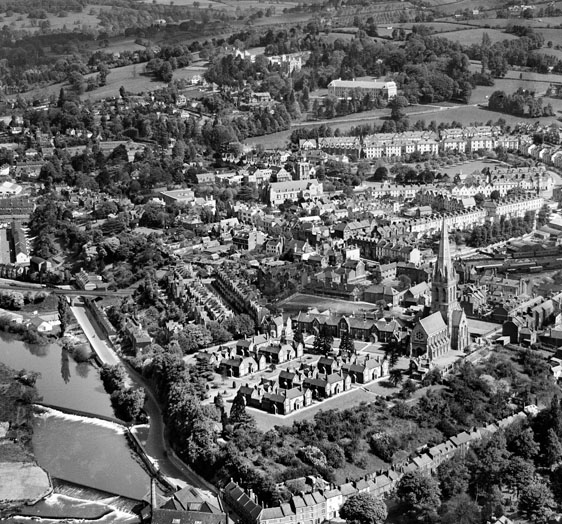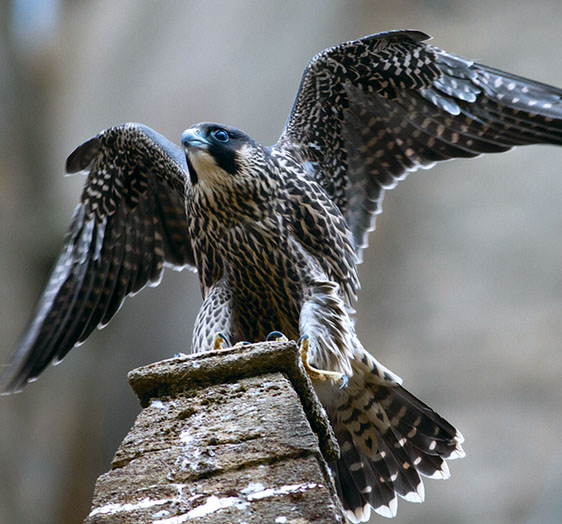Richard Parker
Mount Dinham is named after the Victorian philanthropist John Dinham (1788-1864) who established a charitable village here, including Free Cottages, two schools and a church.
The site occupies a plateau on cliffs overlooking the River Exe. In around 55 AD the Romans constructed magnificent buildings here, including a possible Praetorium or administrative building. A cremation burial nearby retained some grave goods, including a hoard of coins. Later in the Roman period the site was used as a cemetery outside the city walls, featuring impressive tomb architecture, including at least one rectangular mausoleum.
From the Middle Ages to about 1800 the site was occupied by rack fields serving the local cloth industry. A school for the blind was established nearby in 1843 but by the 1860s most of the site was a waste ground.
To protect it from unsuitable and possibly immoral uses, John Dinham purchased it to develop charitable institutions serving the poor and disadvantaged.
The Episcopal Charity Schools moved here in 1862, the Exeter Free Cottages were established in 1861-2 and St David’s School and St Michael’s Church followed in 1864-8, funded by William Gibbs. The site, landscaped by the Veitch family, was regarded at the time as a great asset for the citizens of Exeter.
St Michael’s was designed in the early French Gothic style by Major Rohde-Hawkins, a close friend of William Gibbs and architect of many church and school buildings.
The building is regarded as his masterpiece. It is constructed of blue Westleigh stone with Ham stone dressings and has a 230ft crossing tower and steeple. The interior and exterior decorations include lively naturalistic stone carvings and rich furnishings in local marbles, timber and stained glass. The church was intended to have a special mission to the poor of the city and to stand on the city skyline as a beacon of the Christian values of charity, love for God and for all his people.
The church is thought to be the first urban site in the country where Peregrine falcons have nested. When they ‘stoop’ to catch their prey peregrines are the fastest creature on earth, travelling at over 150 mph. Peregrines were nearly wiped out in the 1960s when pollution severely affected their breeding. Improved environmental conditions have since allowed them to recover.
They have lived at St Michael’s since 1987, and nested here since 1997. The St Michael’s peregrines are now regularly monitored by researchers and can be watched during the nesting season from February to July via the web cam inside the spire, broadcast on St Michael’s website.

